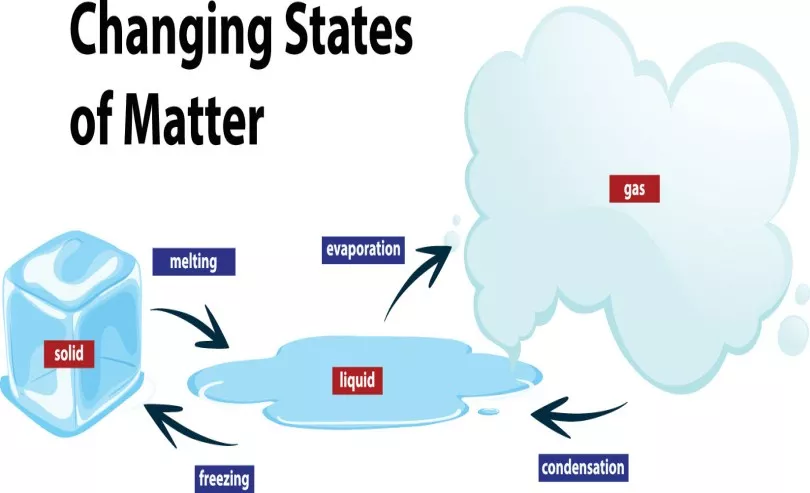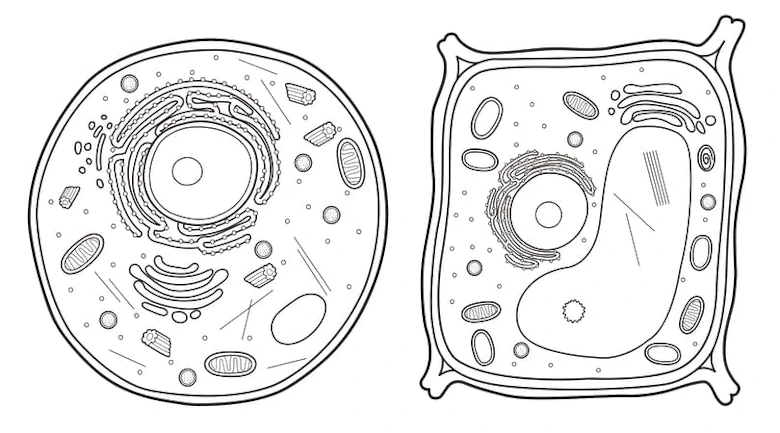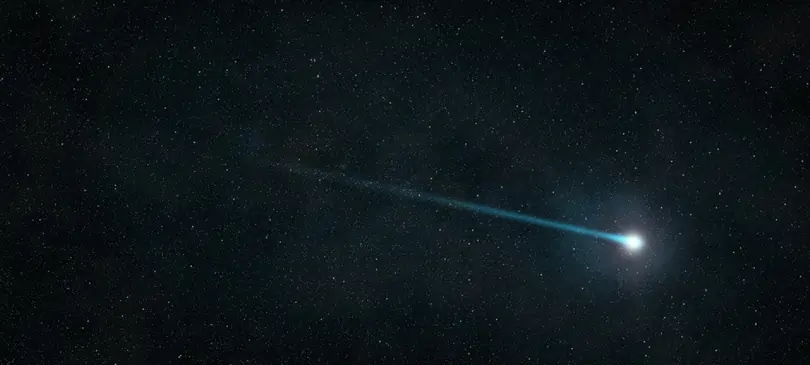Human Respiratory System
In this article, you will be introduced to the human respiratory system based on the Singapore Primary 5 Science Syllabus. We will focus on the following two main aspects:
- Parts of the human respiratory system and their functions
- Factors affecting breathing rate
Watch our video lesson!
Note: This video lesson on Respiratory Systems in Living Things is just one of the many weekly GenieClass lessons you can attend from the comfort of your home. If you prefer learning in a physical classroom, check out our new tech-enhanced tuition classes at Geniebook CAMPUS.
Human Respiratory System
Oxygen is required by our organ systems for them to function. We obtain oxygen from the air around us through breathing. The process of breathing involves two phases, namely inhalation and exhalation:
- Inhalation is the act of breathing in, where air rich in oxygen is drawn into our lungs.
- Exhalation is the act of breathing out, where air rich in carbon dioxide is forced out of our lungs.
Our body takes in oxygen and removes carbon dioxide when we breathe.
The parts of our body that enable us to breathe make up our respiratory system. We shall now examine what the various parts of our respiratory system and their functions are.
Parts Of The Human Respiratory System And Their Functions
The human respiratory system consists of the nose, the windpipe and the lungs.
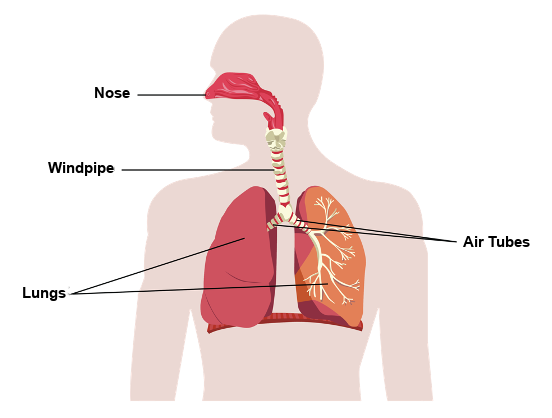
1. Nose
- Air enters our body through the nostrils.
- The passages inside the nose are warm and moist. This helps to warm and moisten the air that we breathe in.
- There are fine hairs in these passages. These hairs (together with mucus) act as a filter that helps to trap dust that is present in the inhaled air.
2. Windpipe
- The air is then passed to the windpipe which branches into air tubes that lead to the lungs.
- Both the windpipe and air tubes transport air to and from the lungs.
3. Lungs
- Our lungs are protected by the ribcage and sit on a muscle called the diaphragm.
- In the lungs, the air tubes branch further into even smaller air tubes. At the end of these air tubes are air sacs. The air sacs have large surface areas to allow for the exchange of gases.
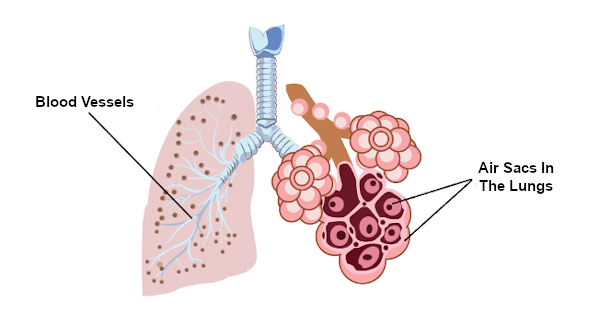
- Each air sac is surrounded by numerous tiny blood vessels. At the air sacs, oxygen enters the blood which will transport it to all parts of our body.
- At the same time, carbon dioxide leaves the blood and enters the air sacs. The carbon dioxide will then be removed from our body when we exhale.
Breathing Rate
Breathing occurs all the time, even when we are asleep! The number of times that we breathe within one minute is our breathing rate. When we exercise, our body needs more oxygen and produces more carbon dioxide. Hence, our breathing rate increases during exercise to take in more oxygen and remove the carbon dioxide produced more quickly.
The more vigorous the activity we are engaged in, the higher our breathing rate. For example, our breathing rate increases more when we are running than when we are cycling. Breathing rate is also affected by a person’s age and health condition.
Conclusion
In this article, we learnt about the parts of our respiratory system and their respective functions. We have also examined the process of breathing and the factors that affect breathing rate.
Test Yourself
The diagram below shows the human respiratory system.
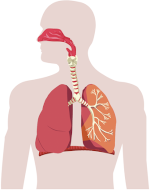
Which of the following statements is false about our respiratory system?
1. The volume of air in the lungs decreases when we exhale.
2. It enables the exchange of gases between the air and our body.
3. Our respiratory system consists of the nose, the gullet and the lungs.
4. We get oxygen through inhalation and remove carbon dioxide through exhalation.
Our respiratory system consists of the nose, the lungs and the windpipe (not gullet).
The diagram below shows parts of the human respiratory system. The lungs contain numerous air sacs.
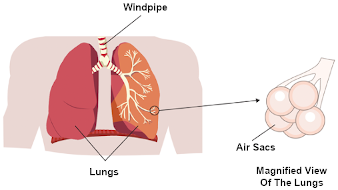
What are the functions of the tiny blood vessels that surround the air sacs?
1. To allow oxygen to enter the blood and be transported to all parts of the body.
2. To allow carbon dioxide to enter the blood and be transported to all parts of the body.
3. To allow water vapour to leave the blood and enter the lungs for removal from the body.
4. To allow carbon dioxide to leave the blood and enter the lungs for removal from the body.
Choose the correct option
Gaseous exchange occurs at the lungs between the blood in the blood vessels and the air in the air sacs. Oxygen enters the bloodstream and carbon dioxide leaves the bloodstream.
Stanley monitored his breathing rate over 30 minutes. He jogged for the first 10 minutes before he slowed down to walk for another 10 minutes. Finally, he sat down to rest for the last 10 minutes.
Which of the following shows Stanley’s breathing rate?
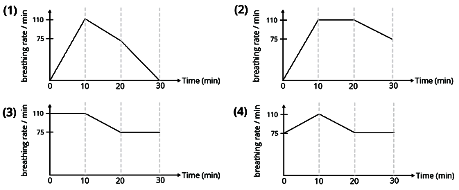
Choose the correct Graph
His breathing rate should not start at 0. When he started jogging, his breathing rate should increase from 75 instead of directly starting at 110.
Which of the following organs in the human body has a similar function as the stomata in plants?
Stomata in plants allows the exchange of gases into and out of the plant. Similarly, the lungs in a human body also functions to allow the exchange of gases.
The diagram below shows Mei Ling running.
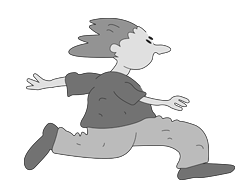
The following changes occur in Mei Ling's body when she runs.
A: Breathing rate increases.
B: There is more carbon dioxide in the blood.
C: More oxygen is transported to the leg muscles.
D: Carbon dioxide is produced in the leg muscles.
In which order do these changes occur?
| First → Last | ||||
|---|---|---|---|---|
| (1) | D | A | C | B |
| (2) | D | B | C | A |
| (3) | D | B | A | C |
| (4) | D | C | B | A |
When more energy is used; more carbon dioxide is produced in the muscles then into the blood. Thus; more oxygen is need so breathing rate will increase; which will then be transported to the muscles.




 SG
SG  VN
VN 

